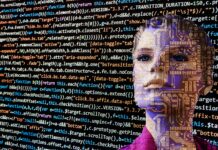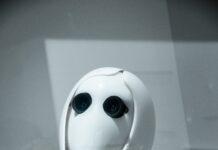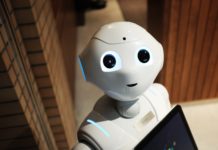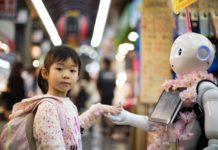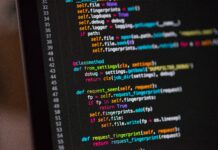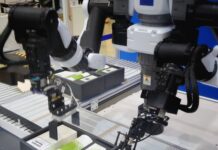For years fashion has allowed people to express themselves through colors, prints, and shapes. The fashion industry used to be exclusively in stores. To get clothes you would go to a specific store for what you are looking for or go to a mall or department store. Nowadays fashion is at our fingertips, from e-commerce on specific sites to the overall amazon marketplace. Even more recently AI has taken a larger role to transform fashion and the user shopping experience.
Our environment has been drastically suffering recently due to CO2 and greenhouse gas emissions. Mass producing clothes that require factories and crops has been quite harmful to the atmosphere and environment. Luckily with new AI technology less inventory and production are required in turn reducing emissions and other harmful side effects. AI is able to be used during production so that inventory levels are not nearly as high. Moreover, AI can analyze trends enabling fewer mistakes in manufacturing so that less unused clothes are produced. This not only helps the environment but it helps reduce monetary costs.
Companies that personally style people also employ AI technology. Stitch is one such company, on their website “The customer inputs their data to create a profile. You answer questions such as; ‘do you enjoy shopping?’ and “how much time do you put into getting ready in the morning” to generate a personalized experience”. In this way, AI has been able to start a new sub-industry within the fashion business. H&M also uses AI so that they have less unsold clothing at the end of the season and don’t have to use sales as often. Clearly AI has enabled fashion businesses to thrive.
AI is helping fashion designers directly. When making new clothing designs designers try to predict what new fashion trends will be. Now, however, “AI can detect the new trends with demand in projecting the new trend reducing the forecasting error”. AI can help analyze what is most often bought by consumers and what doesn’t sell. The designers then know how to make their designs so that they are popular amongst customers. Large brands also now have fashion aspects that hope to design clothes that fit customers’ interests.
Within already existing e-commerce sites AI can help predict what other products a customer might want. This way “When a product goes out of stock or size, customers are redirected to multiple relevant product pages on the retailer’s website. They can easily find what they are looking for without the hassle of restarting product search”. Without these features, the customer would look for another site even if another suitable or even better alternative was available on the site. Additionally, customers can easily be sucked into the website buying more and more products that the algorithm recommends.
In conclusion, we will AI transform fashion completely in the near future. Through AI the environmental impacts of the fashion industry are able to be lessened. Furthermore, people are able to have personalized recommendations as well as a personal shopper. Designers are assisted with technology such that they can make more money. Even production is helped so that the entire industry feels the impact of AI. There are many more ways that AI already helps the industry and without a doubt, the industry will keep improving. In turn, we can only watch as well see AI transform fashion.
